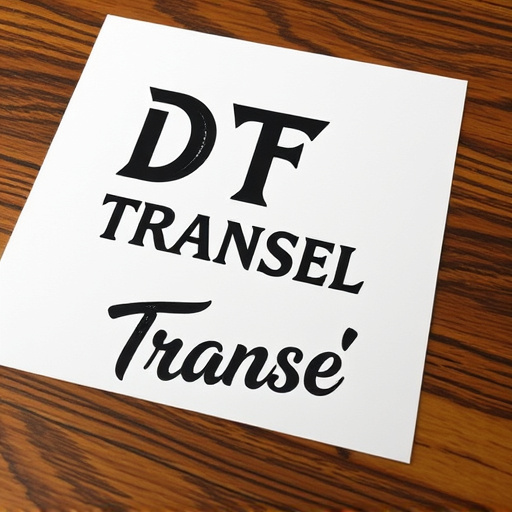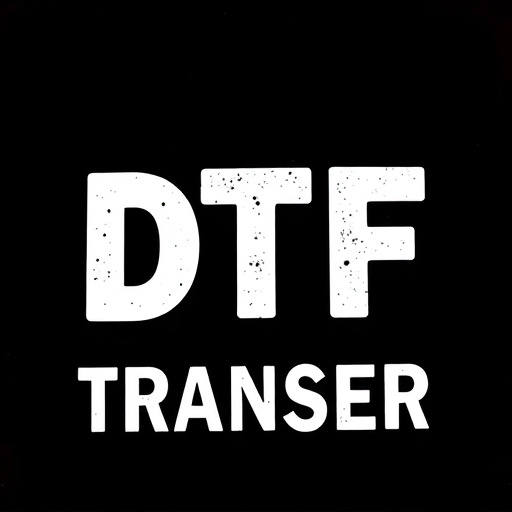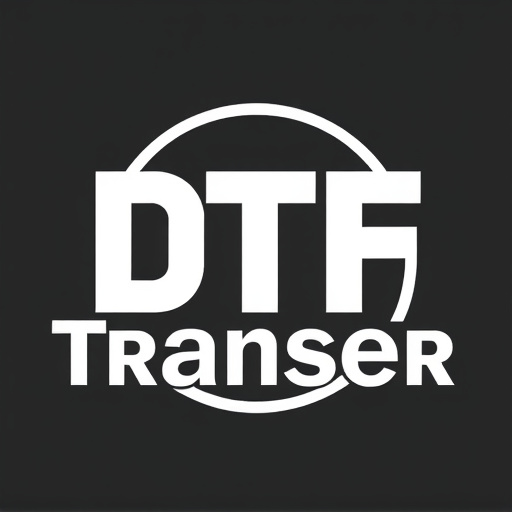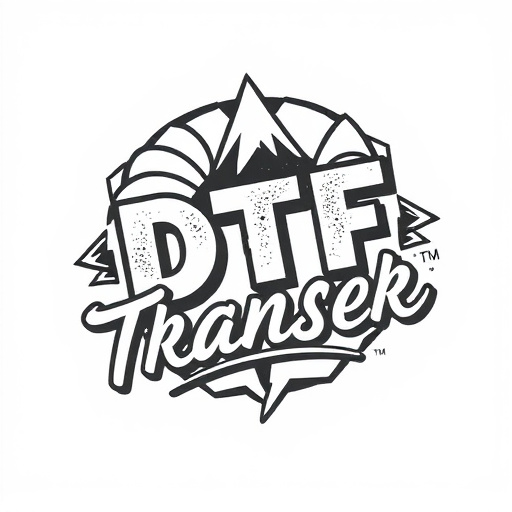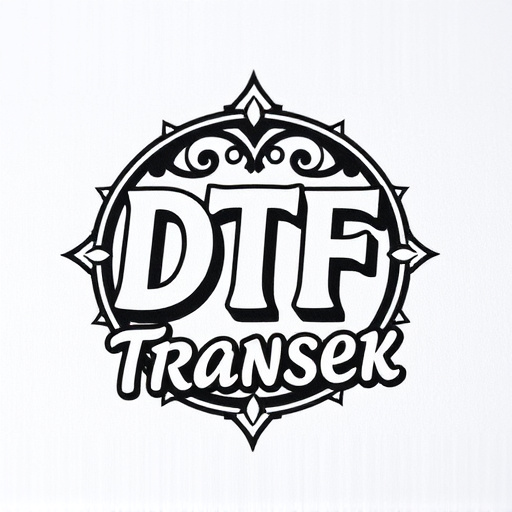The DTF Transfer process is an advanced data movement solution, revolutionizing information exchange with its efficiency and security. It's ideal for large-scale datasets, offering optimal print quality through resolution and film stock dimension considerations. Substrate selection (PET, polycarbonate, acrylic) impacts durability and application, while printing techniques affect dimensional accuracy. DTF ensures precise transfers, catering to high-resolution graphics and secure data transit with encryption. Future prospects include 3D printing advancements, enhancing material diversity and layer detail for varied applications across industries.
Direct-to-film (DTF) transfers offer a cutting-edge method for producing high-quality, durable prints on various substrates. This article delves into the dimensional considerations essential for optimal DTF transfer orders. We explore substrate choices, printing techniques, and quality assurance checks to ensure precise results. By understanding these factors, you can enhance the overall quality and longevity of your DTF prints. Additionally, we glimpse into future trends, highlighting advancements that promise even more robust dimensional options in the evolving world of DTF technology.
- Understanding Direct-to-Film (DTF) Transfers: A Brief Overview
- Dimensional Considerations for DTF Transfer Orders
- Choosing the Right Substrates: Materials and Their Properties
- Printing Techniques Impacting Dimensional Accuracy
- Quality Assurance Checks for Dimensional Integrity
- Future Trends in DTF Technology: Enhancing Dimensional Options
Understanding Direct-to-Film (DTF) Transfers: A Brief Overview

Dimensional Considerations for DTF Transfer Orders

When placing a direct-to-film (DTF) transfer order, dimensional considerations are crucial for achieving optimal results. The size and resolution of the original art or image play a significant role in determining the final print quality. For example, higher resolution images, when transferred accurately, can produce sharp details and fine lines on the film, ensuring exceptional clarity in subsequent prints. Conversely, lower resolution inputs may result in a coarser output, especially when enlarging the artwork for printing.
Additionally, the physical dimensions of the film stock used are essential. Different films have varying aspect ratios and sizes (e.g., 35mm, 16mm, or 70mm), each offering specific advantages depending on the intended use. For instance, larger formats like 35mm or 70mm are ideal for high-quality prints in cinemas or fine art exhibitions, while smaller films like 16mm might be more suitable for independent filmmakers or educational projects. Selecting the appropriate dimensions ensures that the transferred image is not only detailed but also correctly scaled for its intended medium.
Choosing the Right Substrates: Materials and Their Properties

When considering dimensional options for direct-to-film (DTF) transfer orders, selecting the right substrates is paramount. The choice of materials significantly impacts print quality, durability, and overall performance of the final product. Common substrate options include various types of plastics, such as polyethylene terephthalate (PET), polycarbonate, and acrylic, each with unique properties tailored for specific applications.
PET, for instance, offers excellent clarity and dimensional stability, making it ideal for high-resolution prints requiring precision in color reproduction. Polycarbonate substrates, known for their impact resistance and toughness, are preferred when durability is a primary concern. Acrylic sheets provide a balance between clarity and strength, suitable for both indoor and outdoor applications. Understanding these material characteristics allows users to make informed decisions, ensuring the chosen substrate aligns perfectly with their DTF transfer project’s requirements.
Printing Techniques Impacting Dimensional Accuracy
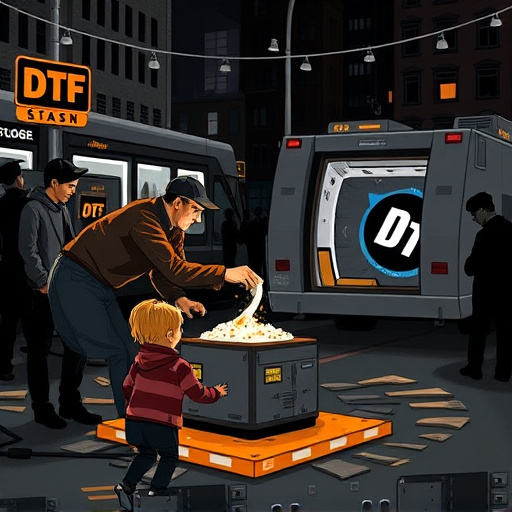
The dimensional accuracy of a DTF (Direct-to-Film) transfer is heavily influenced by the printing techniques employed. Traditional printing methods, such as offset lithography, offer precise color reproduction but may introduce slight variations in image dimensions due to factors like ink thickness and drying processes. These variations can be especially noticeable in fine details or intricate patterns, impacting the overall dimensional integrity of the transferred image.
Modern digital printing technologies, including UV-curable and laser printing, provide enhanced control over image dimensions. Digital methods allow for precise dot placement and ink curing at exact points, minimizing dimensional shifts. This ensures that the final DTF transfer accurately mirrors the original design, making it ideal for applications requiring meticulous detail preservation, like high-resolution graphics and fine art reproductions.
Quality Assurance Checks for Dimensional Integrity

Future Trends in DTF Technology: Enhancing Dimensional Options

The future of Direct-to-Film (DTF) technology promises exciting advancements, particularly in expanding dimensional options for transfer orders. With rapid innovations in materials science and printing techniques, manufacturers are exploring new ways to enhance image quality and bring more complexity to 3D prints. One key trend is the development of multi-material DTF printers, allowing for the creation of intricate models with diverse properties. These printers can lay down different materials simultaneously, enabling the production of structures with varied densities, flexibilities, and even electronic components embedded within.
Additionally, researchers are focusing on improving layer resolution and reducing layer thickness, leading to more detailed and finer geometric features in DTF transfers. This advancement is set to revolutionize industries like prototyping, manufacturing, and even healthcare, where precise and complex models are required. As DTF technology matures, we can expect to see more versatile and accessible dimensional options, catering to a broader range of applications and fostering creativity across various sectors.








